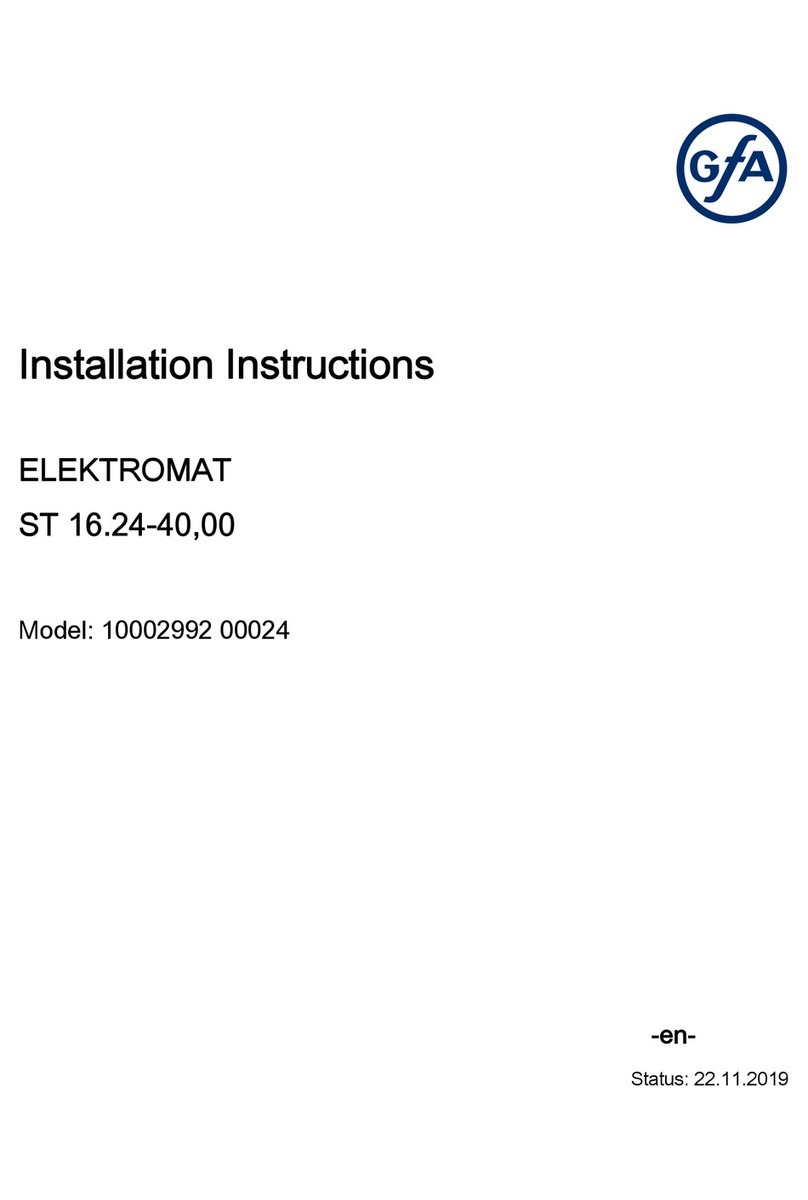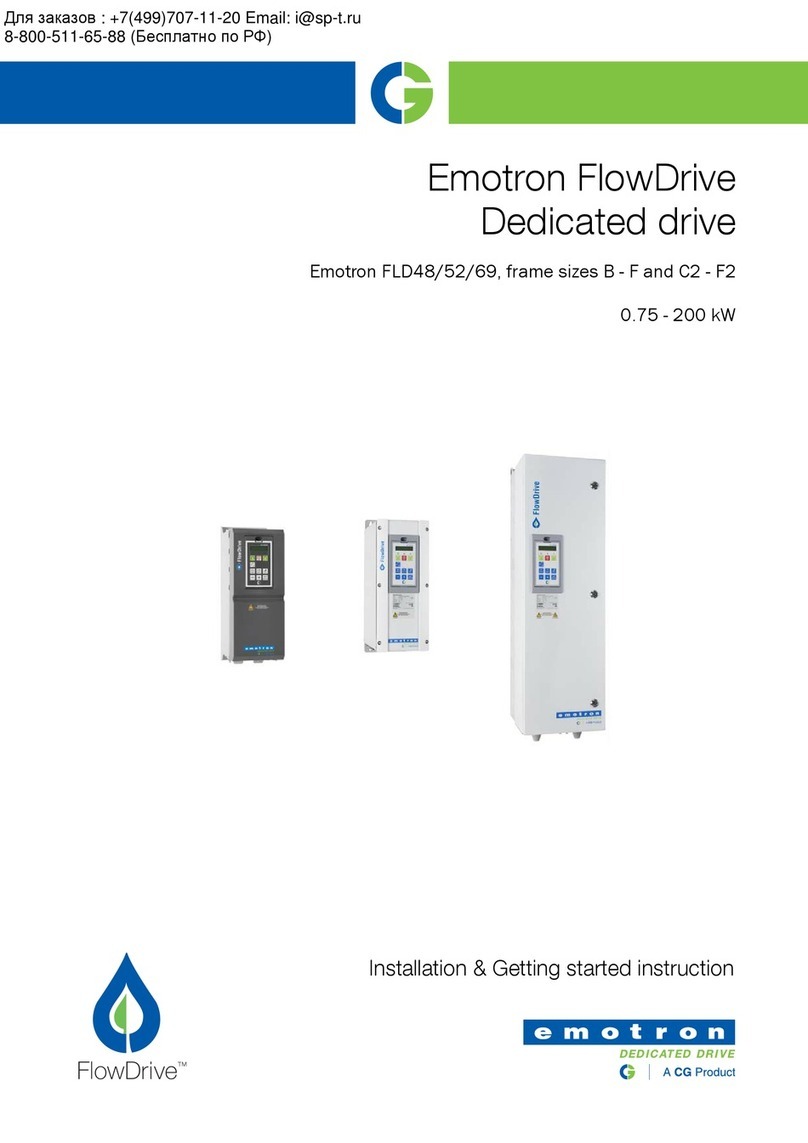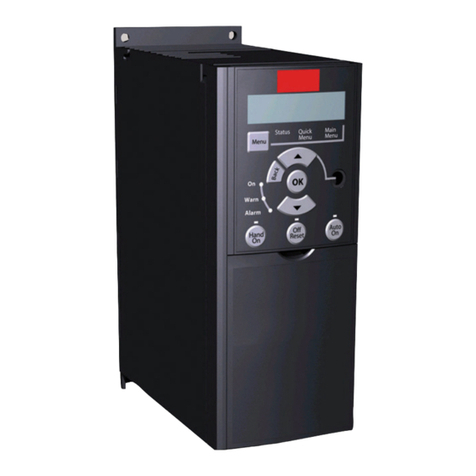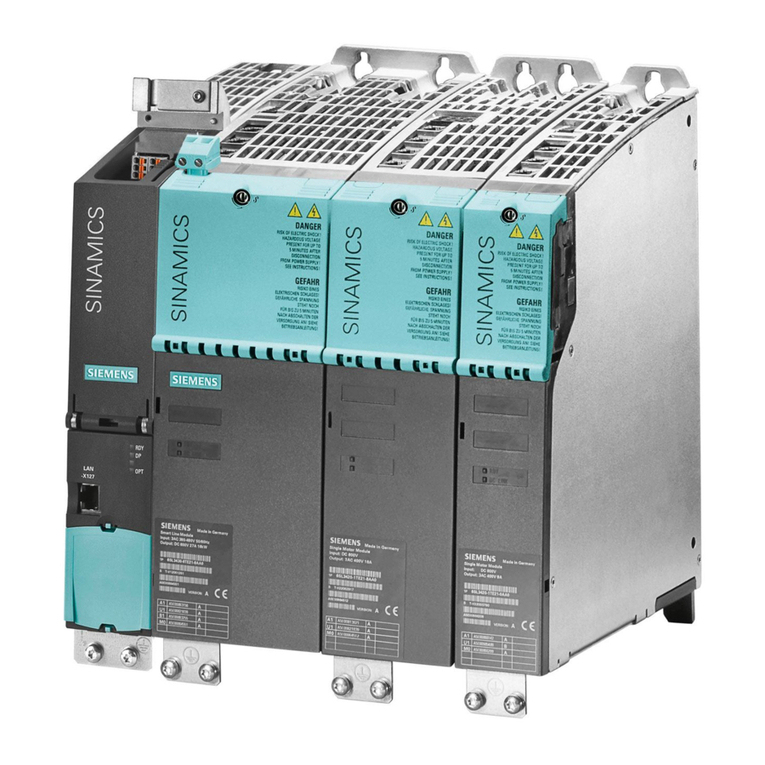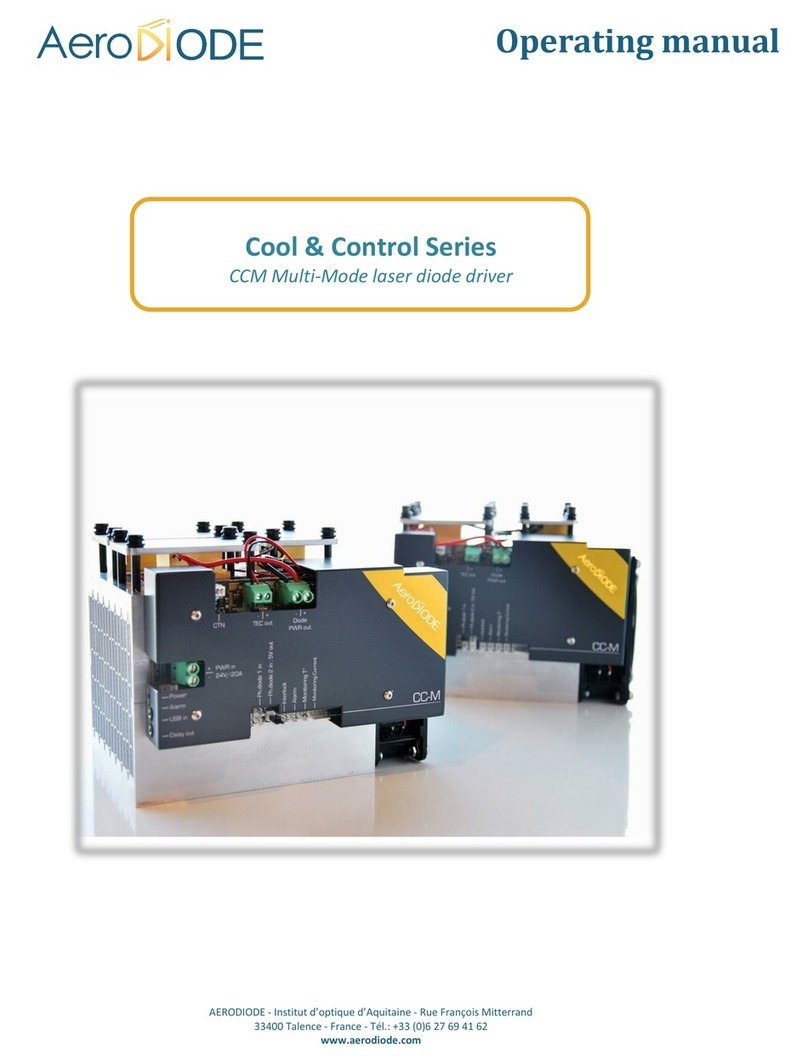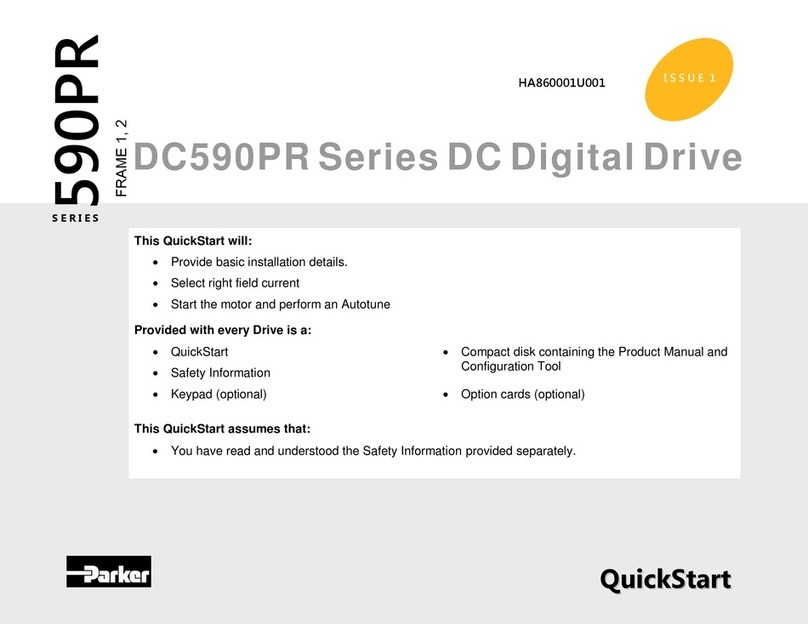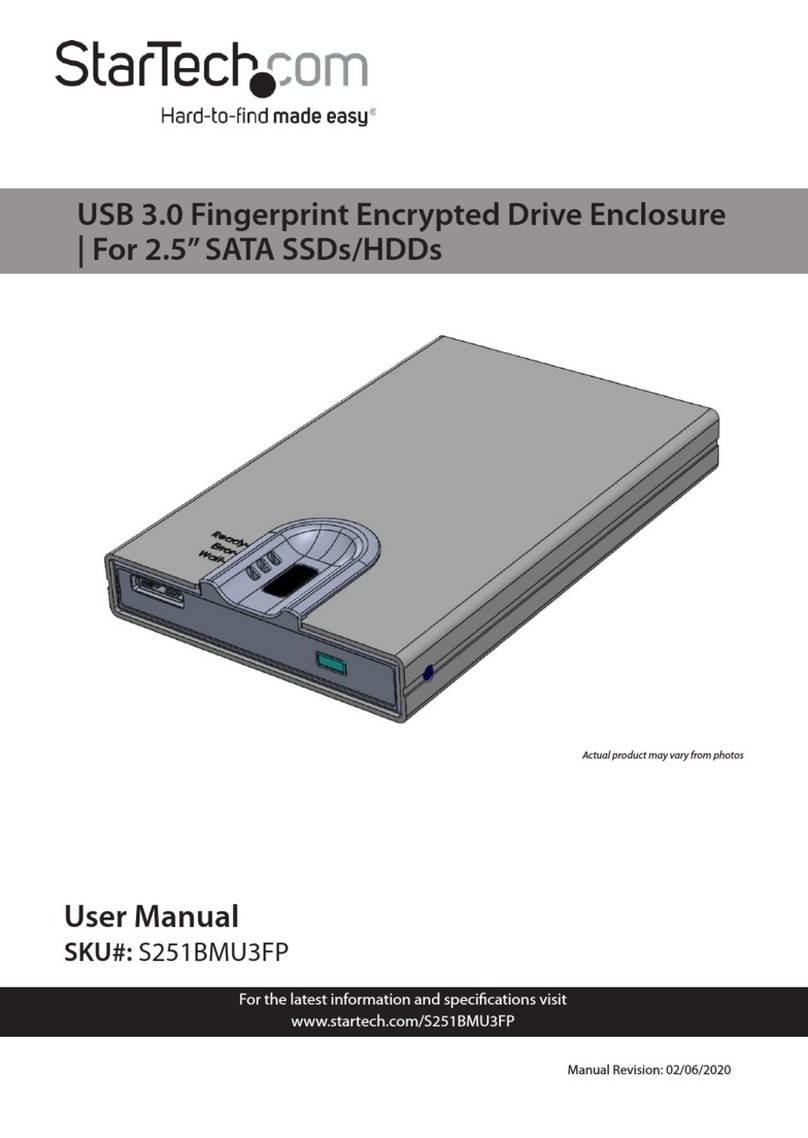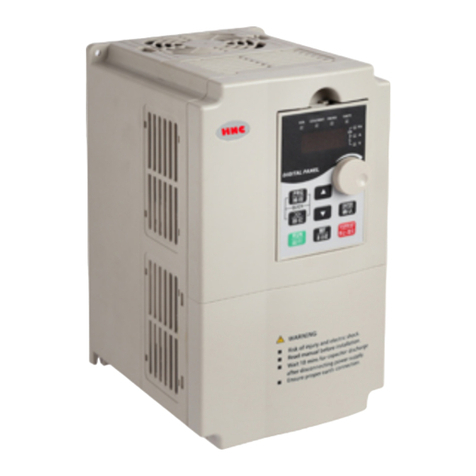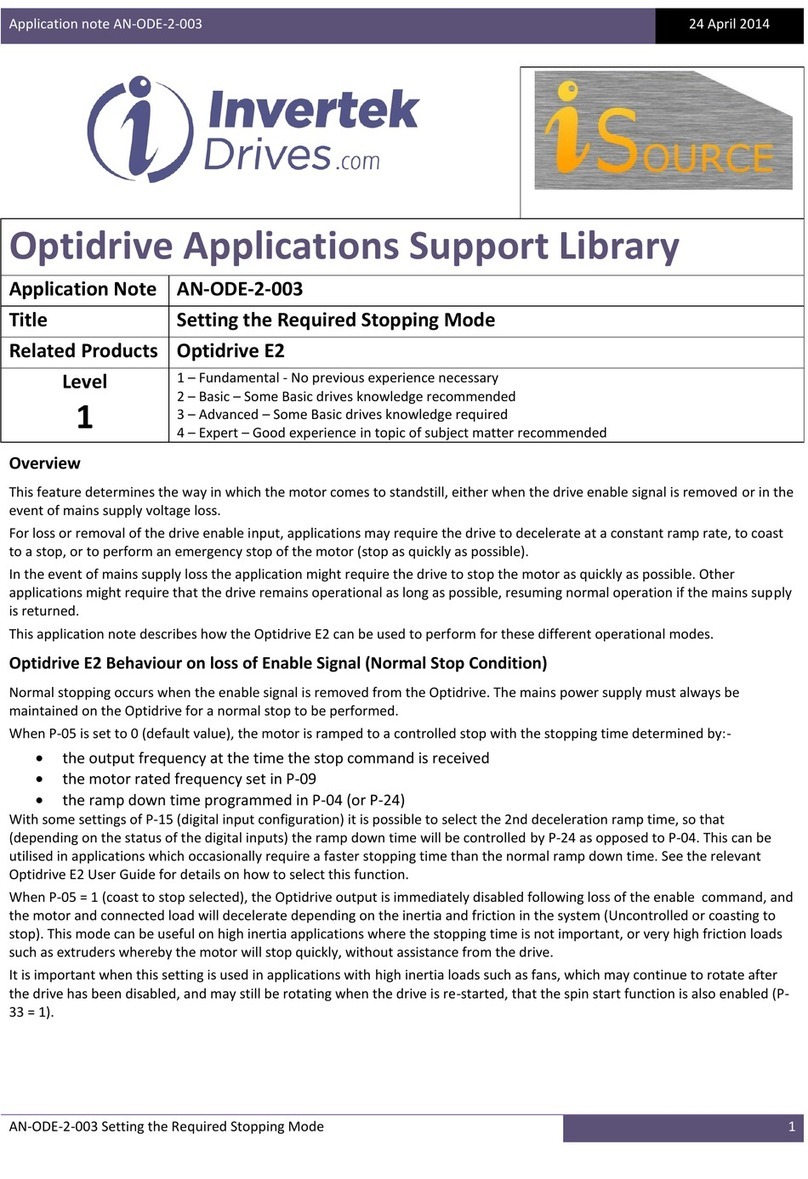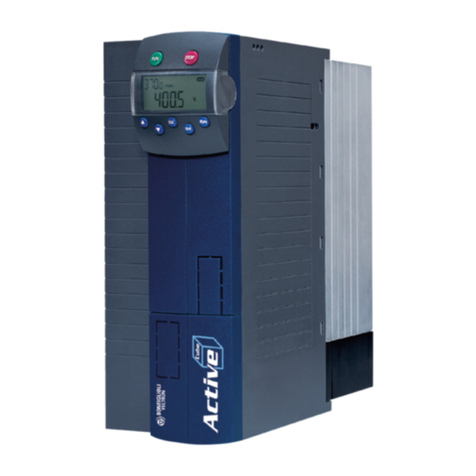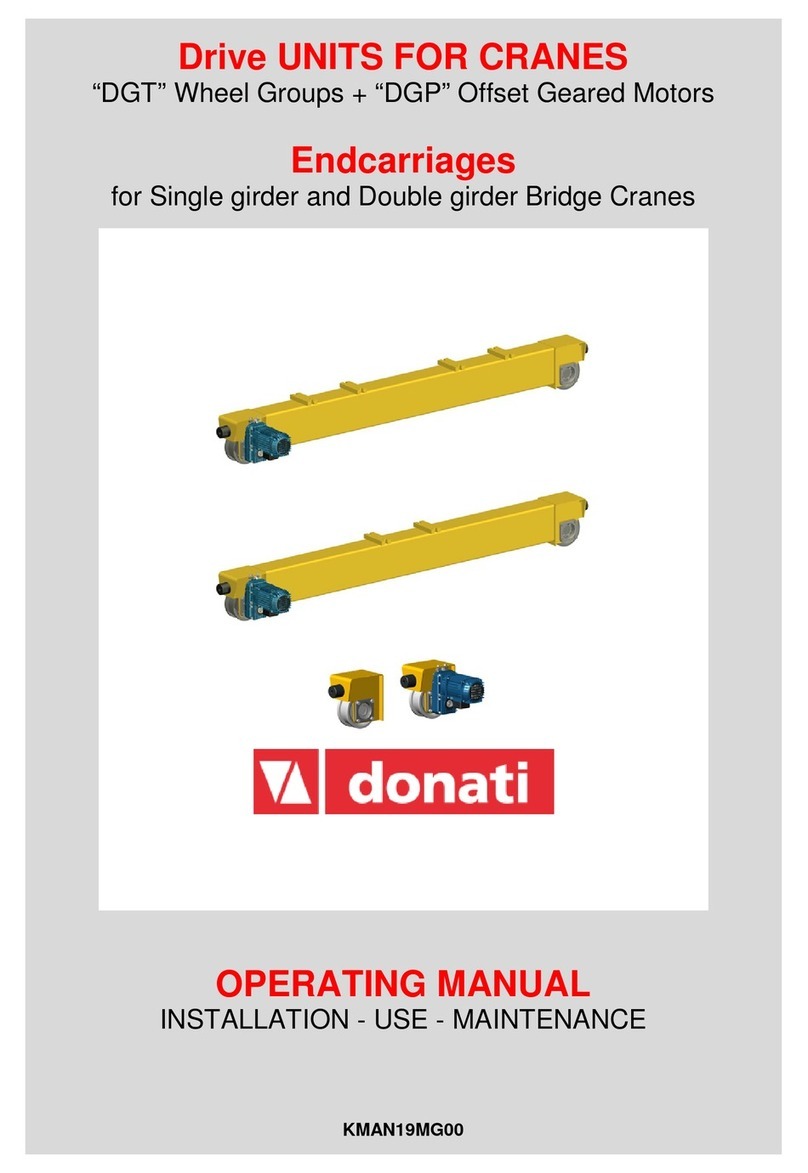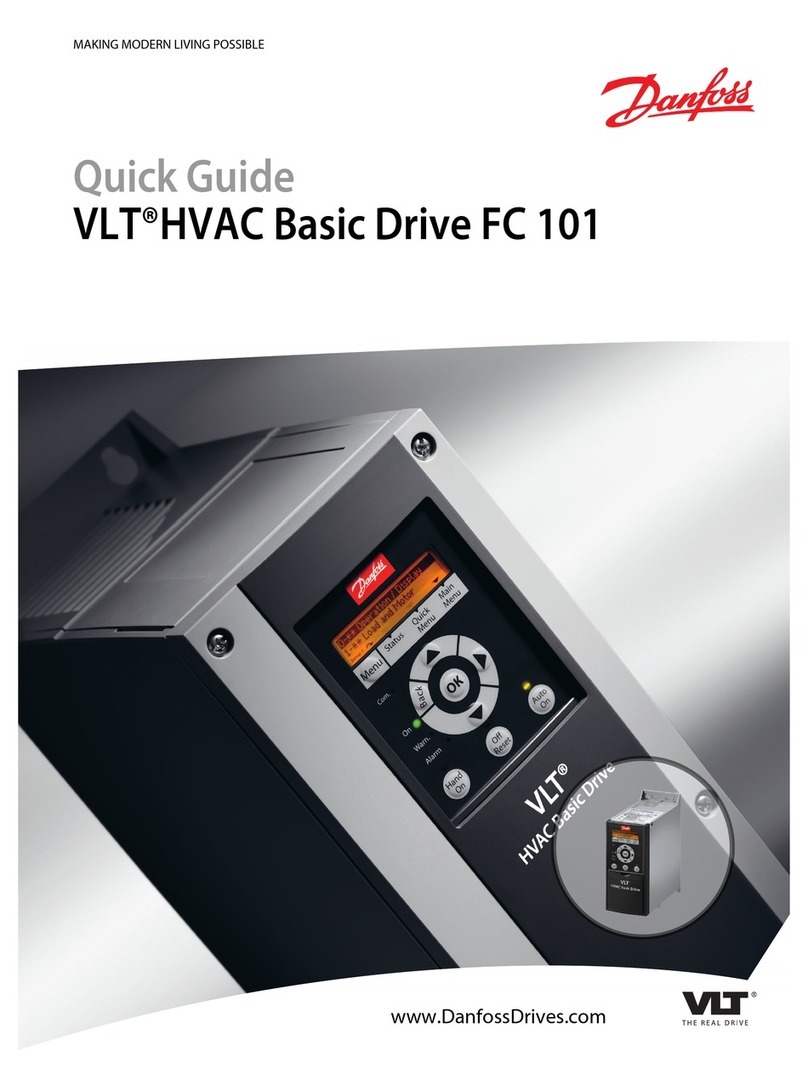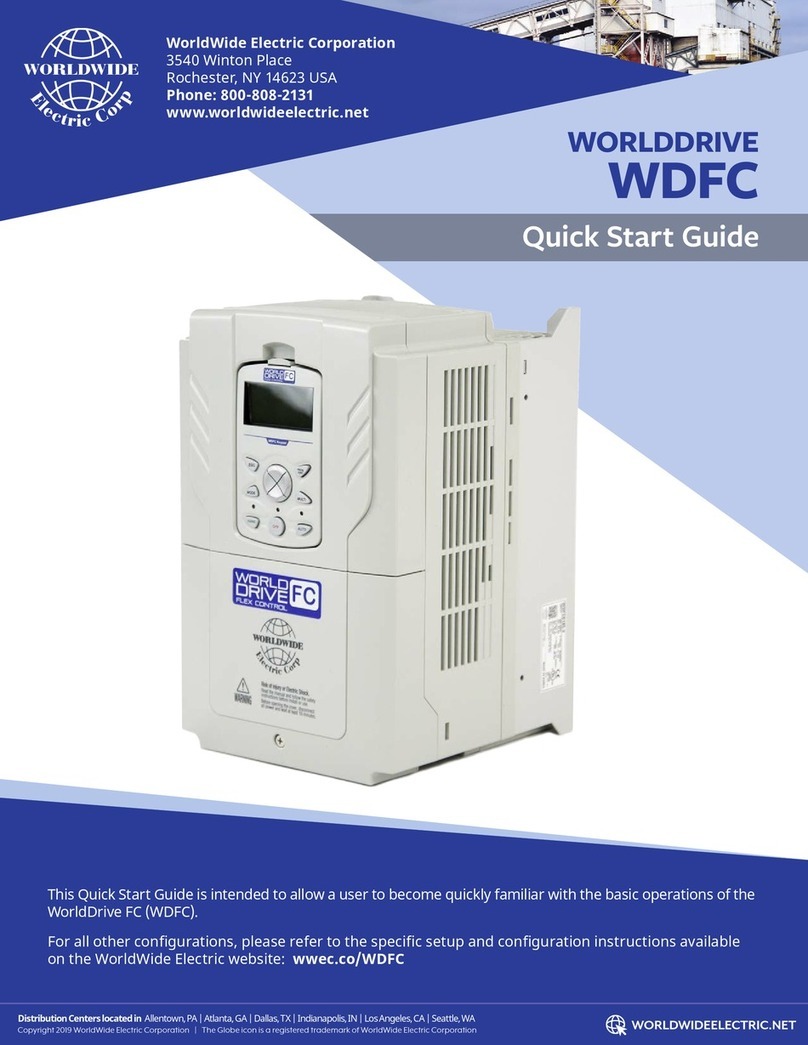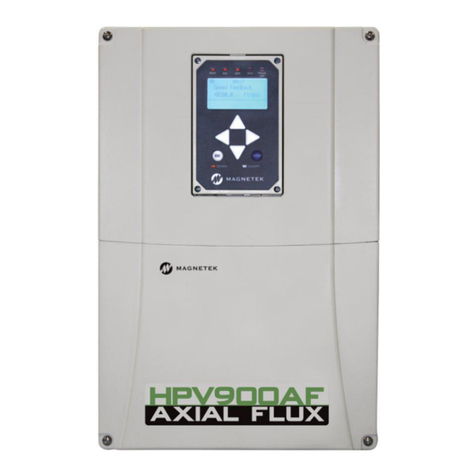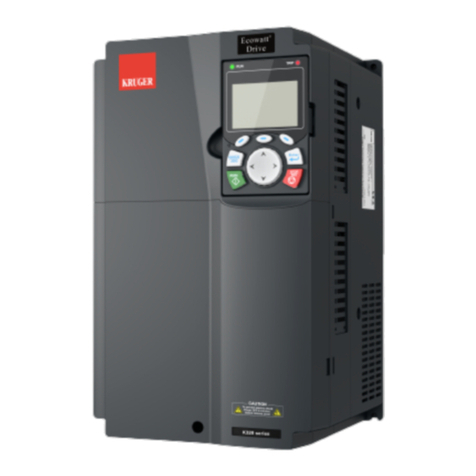
Ecowatt®Drive K120 series Contents
-iii-
7.2.2 RTU mode .........................................................................................................................127
7.3 RTU command code and communication data.............................................................. 131
7.3.1 Command code 03H, reading N words (continuously up to 16 words) .......... 131
7.3.2 Command word 06H, writing a word ......................................................................132
7.3.3 Command code 08H, diagnosis..................................................................................133
7.3.4 Command code 10H, continuous writing ...............................................................134
7.4 Data address definition ..........................................................................................................135
7.4.1 Function code address format rules .........................................................................135
7.4.2 Description of other function addresses.................................................................136
7.4.3 Fieldbus scale ................................................................................................................. 140
7.4.4 Error message response...............................................................................................141
7.5 Read/Write operation example ............................................................................................143
7.5.1 Examples of read command 03H...............................................................................143
7.5.2 Examples of write command 06H ............................................................................143
7.5.3 Examples of continuously write command 10H ..................................................145
7.6 Common communication faults ........................................................................................ 146
Appendix A Technical data .......................................................................................................147
A.1 Derated application................................................................................................................. 147
A.1.1 Capacity ............................................................................................................................ 147
A.1.2 A.1.2 Derating.................................................................................................................. 147
A.2 CE................................................................................................................................................. 148
A.2.1 CE marking ..................................................................................................................... 148
A.2.2 EMC compliance declaration.................................................................................... 148
A.3 EMC regulations...................................................................................................................... 148
A.3.1 VFD category of C2........................................................................................................ 149
A.3.2 VFD category of C3 ....................................................................................................... 149
Appendix B Dimension drawings ............................................................................................150
B.1 External keypad structure .....................................................................................................150
B.2 VFD dimensions ....................................................................................................................... 151
Appendix C Optional peripheral accessories ........................................................................ 154
C.1 Wiring of peripheral accessories.........................................................................................154
C.2 Power supply.............................................................................................................................156
C.3 Cables...........................................................................................................................................156
C.3.1 Power cables ....................................................................................................................156
C.3.2 Control cables..................................................................................................................156
C.4 Breaker and electromagnetic contactor ...........................................................................157
C.5 Reactors.......................................................................................................................................157
C.6 Filters ...........................................................................................................................................158
C.6.1 C3 Filter model description .........................................................................................158
C.6.2 C3 Filter model selection .............................................................................................159




















